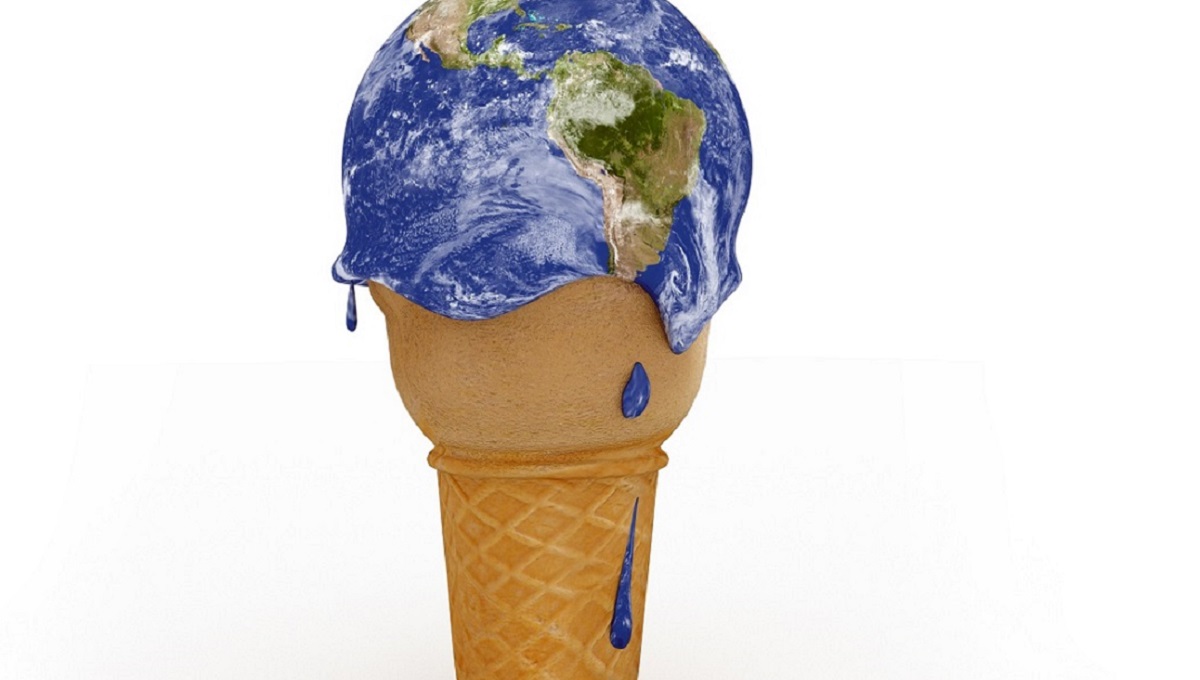Climate change is expected to lead to an increase in foodborne infections and presents a growing public health risk in Germany, according to scientists.
One of a series of articles, published in the Robert Koch Institute’s Journal of Health Monitoring, focuses on the influence of climate change on foodborne intoxications.
The review looks at hazards to human health posed by relevant foodborne bacteria, parasites and marine biotoxins in Germany including Salmonella, Campylobacter, and Vibrio as well as parasites Cryptosporidium and Giardia.
Climate change can result in higher air and water temperatures, increased precipitation, or water scarcity. For example, in the future, agriculture may have to rely more on treated wastewater due to water shortages. This poses a risk to food safety, because of possible contamination of irrigated produce by pathogens, said researchers.
Campylobacter, Salmonella and Vibrio
Campylobacter infections are typically seasonal, with most cases in the summer months from July to September. With progressive warming as a result of climate change and the associated prolonged warm periods, an increase in cases is expected.
It is also possible that during summer months, increased temperatures lead to higher prevalence in poultry flocks and greater exposure of consumers via consumption of poultry meat, according to the study.
Altered behaviors during summer months could have an indirect effect on the rise in infections, such as more frequent barbecuing of poultry and other meats, or swimming in surface waters. An increase in infections and outbreaks has also been observed after heavy rains and flooding.
In Europe, most salmonellosis cases are reported during the summer months.
The favored growth of Salmonella at higher temperatures leads to higher concentrations in contaminated foods during warmer periods. Among other things, this is linked to poor food preparation and refrigeration during barbecues or picnics, which are also more common in summer. Elevated temperatures increase the risk of cold chain disruption, which can have a significant impact on the microbiological status of food.
Foodborne Vibrio infections have been rare in Europe so far. Occurrence of Vibrio spp. is favored by global warming and the increase of heatwaves and may lead to its spread and possibly also the establishment of new types in Europe, so human infection incidence may go up in the future, according to researchers.
The increase in water temperature will lead to an amplification of Vibrio contamination in European seafood catching, harvesting, and farming areas, and will also expand beyond summer and autumn months.
Accurate information on foodborne Vibrio infections is not yet available. In Germany, only isolated cases have been recorded since introduction of mandatory reporting in 2020, which may indicate either low exposure to Vibrio-containing products or that a large proportion of illnesses are not detected or reported. Raw and insufficiently heated products such as mussels and oysters pose a risk, especially for people with weakened immune systems or pre-existing conditions.
Parasites and prevention steps
Research from the German Federal Institute for Risk Assessment (BfR), which has not yet been published, indicates that a changing climate also has a direct impact on the prevalence and virulence of parasites, which are already very stable in the environment. Cryptosporidium and Giardia can remain infectious for a long period and cause disease, especially after consumption of raw contaminated food.
Extreme weather such as heavy rainfall and flooding, which are expected to increase as a result of climate change, grow the risk of infectious oocysts/cysts entering bodies of water, as well as the risk of contamination of plant-based foods, said researchers.
Climate change is altering the geographic distribution of some algal species that may be involved in forming harmful algal blooms. Marine biotoxins are not detectable by odor, taste or appearance and are not usually destroyed by cooking, freezing, or other preparation processes.
“Our main recommendations for minimizing the health risk from foodborne infections and intoxications lie in the area of kitchen hygiene, which should always be applied when preparing food. This includes thorough handwashing and the use of fresh kitchen utensils after handling raw meat and fish, as well as avoidance of cross-contamination,” said researchers.
“In addition, most microbiological pathogens can be safely killed by a sufficient heating process; for example, a core temperature of 70 degrees C (158 degrees F) for at least two minutes must be maintained when preparing seafood.
“We also recommend the use of new technologies to track supply chains. Given a globalized food distribution network and the use of different processing and preservation techniques, it can be difficult to track a product’s supply chain to identify potential risks. Technological advances have produced digital solutions for this; knowledge of fish stocks, seafood traceability and supply chain transparency can benefit from innovative approaches.”
(To sign up for a free subscription to Food Safety News, click here.)

